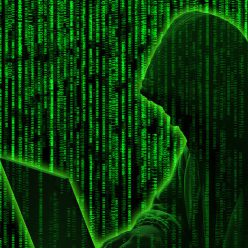NEW POST WRITTEN 2021-08-31 you finding here!
Raspberry Pi Zero Wireless is a very nice Internet of Things computer but its only has mini-hdmi and micro-usb connectors wish make it not so easy to connect to configure to get it up on wifi but after som research i find out that it is possible to configure it to connect to wifi from the first boot of Rasbian.
Rasbian has built in that it copy wifi details from /boot/wpa_supplicant.conf into /etc/wpa_supplicant/wpa_supplicant.conf to automatically configure wireless network access.
If a wpa_supplicant.conf file is placed into the /boot/ directory, this will be moved to the /etc/wpa_supplicant/ directory the next time the system is booted, overwriting the network settings; this allows a Wifi configuration to be preloaded onto a card from a Windows or other machine that can only see the boot partition.
Since the /boot partition is accessible by any computer with an SD card reader, wifi configuration is now much simpler.
A skeleton wpa_supplicant.conf file can be as little as:
network={
ssid=”YOUR_SSID”
psk=”YOUR_PASSWORD”
key_mgmt=WPA-PSK
}
If you use WPA2-Personal settings with AES you can set the config file to have this text:
network={
ssid=”Your SSID Here”
psk=”YourPresharedKeyHere”
proto=RSN
key_mgmt=WPA-PSK
pairwise=CCMP TKIP
group=CCMP TKIP
}
I can also recommend to read my post of how to activate the SSH on first boot, click here.
